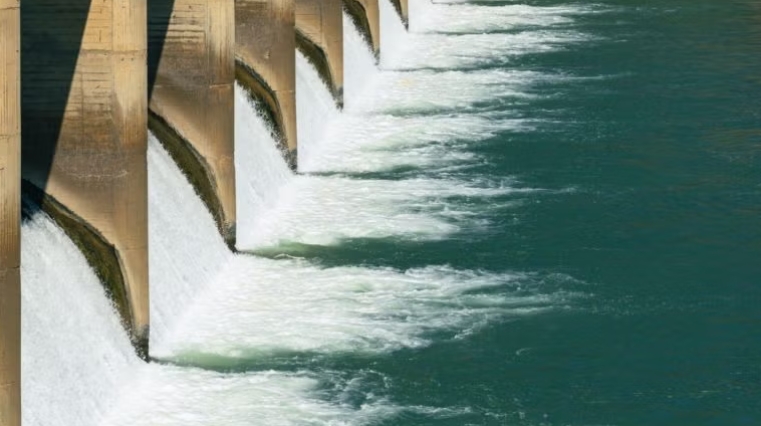
The development coincides with rapid advancements in Nepal’s hydropower capabilities.
The export stems from an agreement signed in October 2024 among the Nepal Electricity Authority, the Bangladesh Power Development Board, and India’s NTPC Vidyut Vyapar Nigam. This tripartite deal ensures smooth transmission of electricity across the three nations, fostering regional energy integration.
Nepal’s Energy Minister Dipak Khadka announced: “The country is also exporting 80MW to Bihar state in India’s east.” He noted that these exports have opened a 5-gigawatt (GW) market opportunity for Nepal, signaling its growing role in the regional energy sector.
India serves as a key hub for electricity trade in South Asia, both importing and exporting power. It supplies electricity to Nepal, Bangladesh, and Myanmar while sourcing power from Nepal and Bhutan. Discussions are underway to connect India’s grid with Sri Lanka’s, further strengthening regional energy networks.
Nepal’s hydropower sector is advancing rapidly, supporting its export capabilities. The Indian company Satluj Jal Vidyut Nigam (SJVN) is developing the 900MW Arun-3 hydroelectric project in Nepal’s Sankhuwasabha district. In April 2025, India’s Power Grid Corporation and the Nepal Electricity Authority signed agreements to establish high-capacity cross-border transmission lines, paving the way for expanded power exchanges.
With over 3GW of installed capacity, 95% of which comes from hydropower, Nepal is actively seeking investments from Indian companies to boost its hydroelectric production. The nation aims to meet its domestic energy needs while generating surplus electricity for export, particularly to India’s growing market.